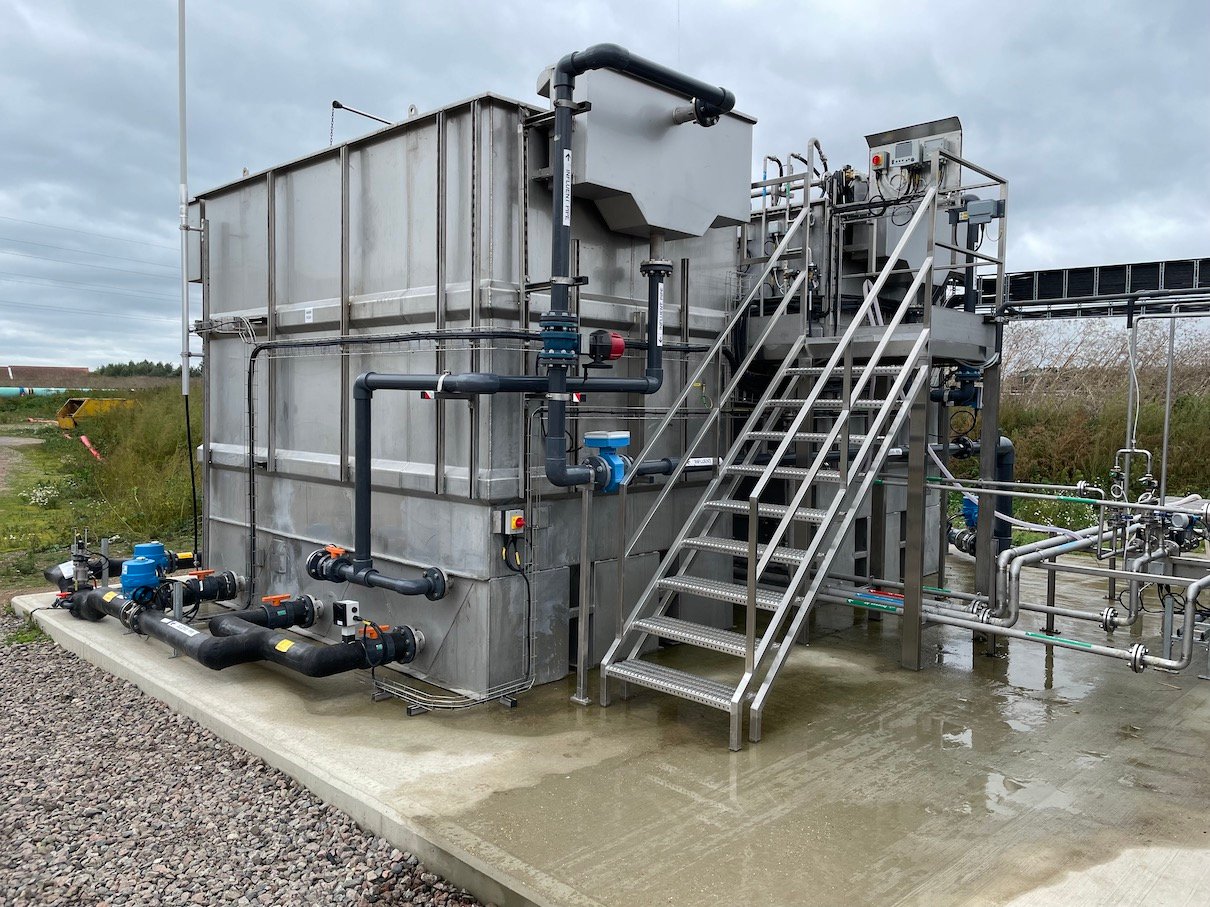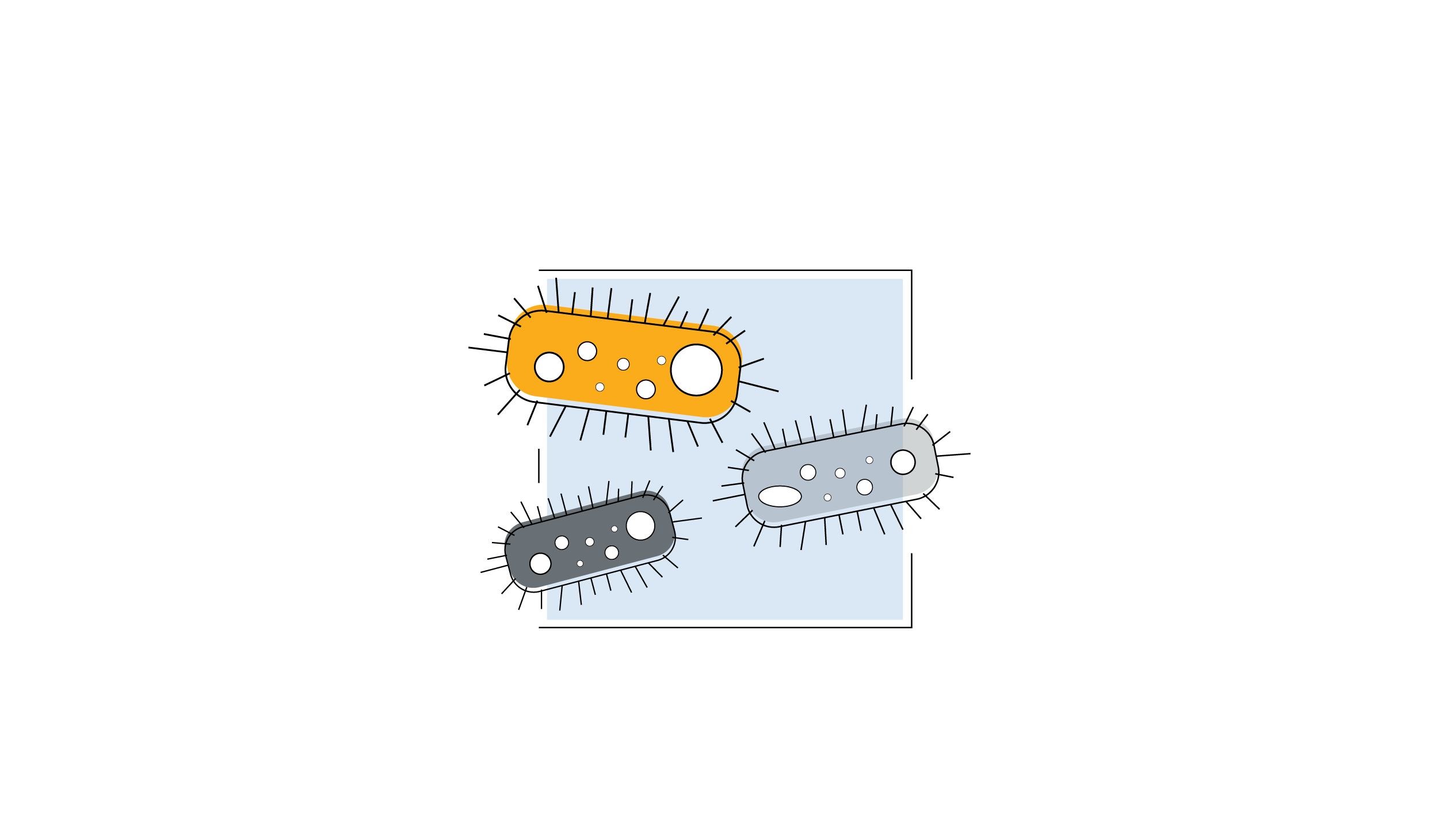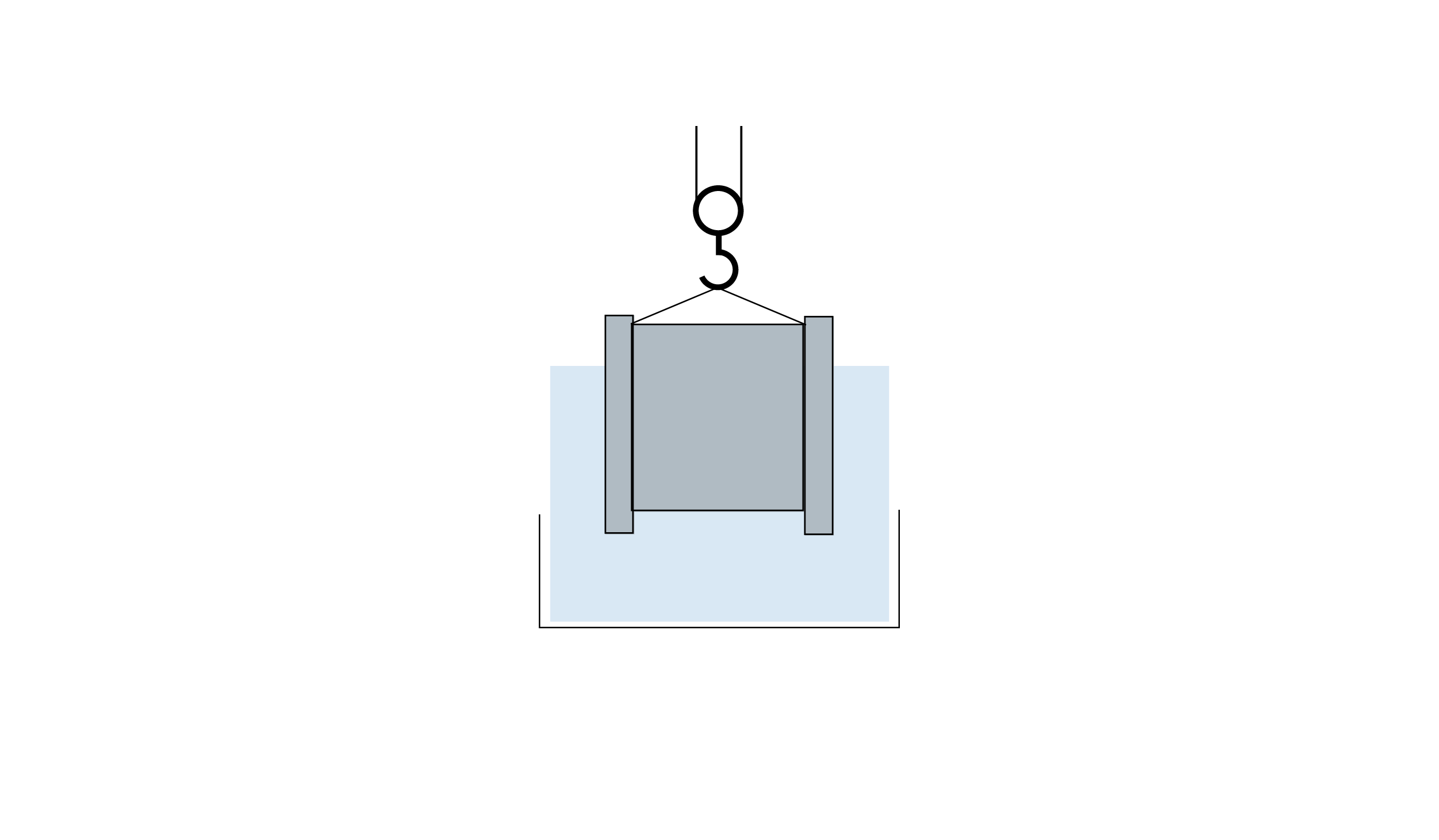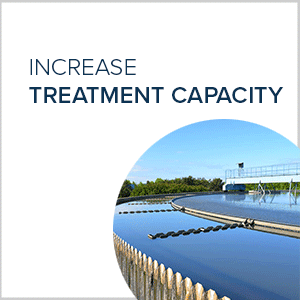Sewage versus Wastewater - What's The Difference?
The terms ‘wastewater’ and ‘sewage’ are regularly used interchangeably, however there are differences between both. In fact, ‘sewage’ is considered a subset of wastewater.
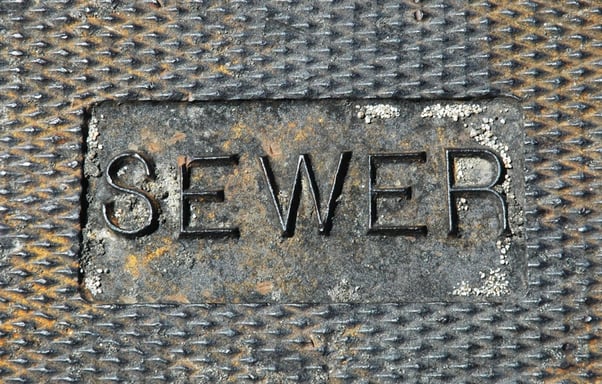
Although the term ‘sewage’ usually brings toilets to mind, it is used to describe all types of wastewater generated from domestic dwellings. There are two types of sewage: blackwater, or wastewater from toilets, and graywater, which is wastewater from all domestic sources except toilets. Blackwater and graywater have different characteristics, but both contain pollutants and disease-causing agents that require treatment.
Wastewater from non-residential sources generally require additional treatment steps than what is needed for sewage. For example, to prevent flooding of treatment plants during bad weather, stormwater should be collected separately. Screens often remove rubbish and other large solids from storm sewers. In addition, many industries produce wastewater high in chemical and biological pollutants that can burden treatment systems. Dairy plants and breweries are perfect examples of this. To combat any issues these types of wastewater sources tend to provide their own treatment or preliminary treatment to protect the main wastewater treatment system.
What is in Wastewater?
Wastewater is mostly water by weight. Other materials make up only a small portion of wastewater, but can be present in large enough quantities to endanger public health and the environment. Because practically anything that can be flushed down a toilet, drain, or sewer can be found in wastewater, even domestic sewage contains many potential pollutants. The wastewater components that should be of most concern to homeowners and communities are those that have the potential to cause disease or detrimental environmental effects.
Organisms
Many different types of organisms live in wastewater and some are essential contributors to treatment. A variety of bacteria work to break down certain organic pollutants in wastewater by consuming them. Through this process, organisms turn wastes into carbon dioxide and water.
Bacteria and other microorganisms are particularly plentiful in wastewater and accomplish a lot of the treatment. Most wastewater treatment systems are designed to rely in large part on biological processes.
Pathogens
Many disease-causing viruses, parasites, and bacteria also are present in wastewater and can enter from almost anywhere. Likely sources include hospitals, schools, farms, and food processing plants.
Some illnesses from wastewater-related sources are relatively common. Gastroenteritis can result from a variety of pathogens in wastewater, and cases of illnesses caused by Cryptosporidium can also occur. Other important wastewater-related diseases include hepatitis A, typhoid, polio, cholera, and dysentery. Outbreaks of these diseases can occur as a result of drinking water from wells polluted by wastewater, eating contaminated fish, or recreational activities in polluted waters.
Organic Matter
Large amounts of biodegradable materials are dangerous to receiving waters such as lakes, streams, and oceans, because organisms use dissolved oxygen in the water to break down the wastes. This can reduce or deplete the supply of oxygen in the water needed by aquatic life, resulting in fish kills, odors, and overall degradation of water quality. The amount of oxygen organisms needed to break down wastes in wastewater is referred to as the biochemical oxygen demand (BOD) and is one of the measurements used to assess overall wastewater strength.
Some organic compounds are more stable than others and cannot be quickly broken down by organisms, posing an additional challenge for treatment. This is true of many synthetic organic compounds developed for agriculture and industry.
Inorganics
Inorganic minerals, metals, and compounds, such as sodium, potassium, calcium, magnesium, copper, lead, nickel, and zinc are common in wastewater from both sewage and wastewater. They can originate from a variety of sources including industrial and commercial sources, stormwater, and inflow and infiltration from cracked pipes. Most inorganic substances are relatively stable, and cannot be broken down easily by organisms in wastewater.
Large amounts of many inorganic substances can contaminate soil and water. Some are toxic to animals and humans and may accumulate in the environment. For this reason, extra treatment steps are often required to remove inorganic materials from industrial wastewater sources. For example, heavy metals which are discharged with many types of industrial wastewaters, are difficult to remove by conventional treatment methods.
Nutrients
Wastewater often contains large amounts of the nutrients nitrogen and phosphorus in the form of nitrate and phosphate, which promote plant growth. Organisms only require small amounts of nutrients in biological treatment, so there normally is an excess available in treated wastewater. In severe cases, excessive nutrients in receiving waters cause algae and other plants to grow quickly depleting oxygen in the water. Deprived of oxygen, fish and other aquatic life die, emitting foul odours.
OxyMem MABR - A Solution for both Municipal Sewage and Industrial Wastewater
The OxyMem Membrane Aerated Biofilm Reactor is a robust technology that can treat both municipal sewage and industrial wastewater. Following primary treatment the influent travels through the OxyMem MABR and in doing so the nutrient content is consumed by biofilm that is attached to the membranes. Because OxyMem uses gas permeable membranes, this allows oxygen to be transferred directly to the wastewater treating micro-organisms. Therefore, it is possible to deliver the oxygen required to maintain the populations in a much more cost effective manner.
OxyMem achieves a combination of lower capital cost, on a smaller footprint, with lower energy consumption and reduced operator hours. With this, OxyMem also delivers a superior treatment performance in comparison to best in class conventional processes.

